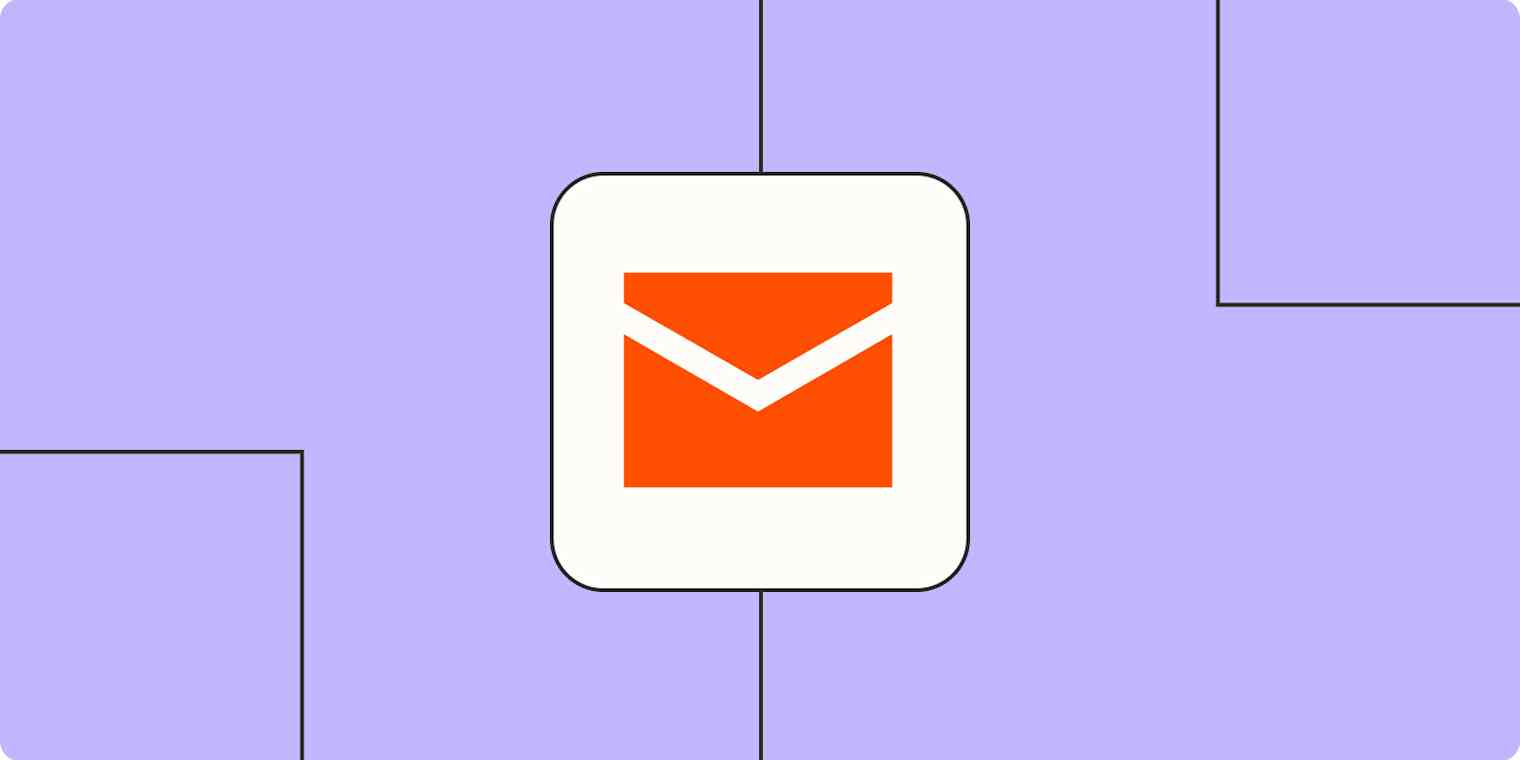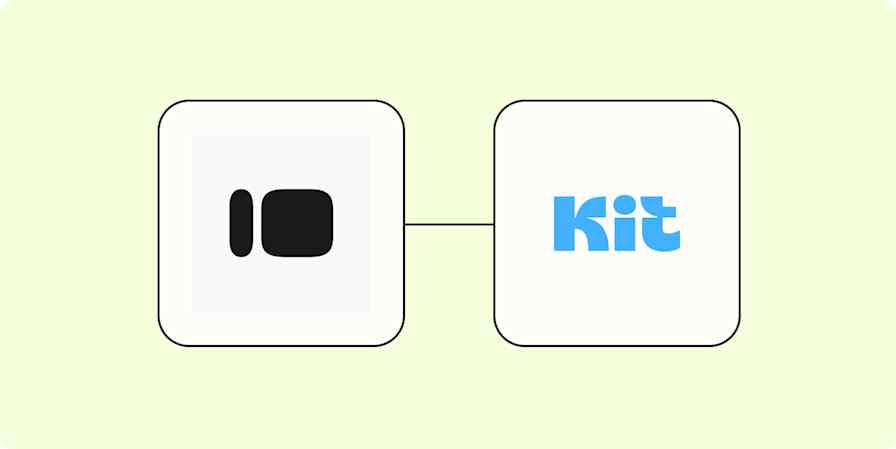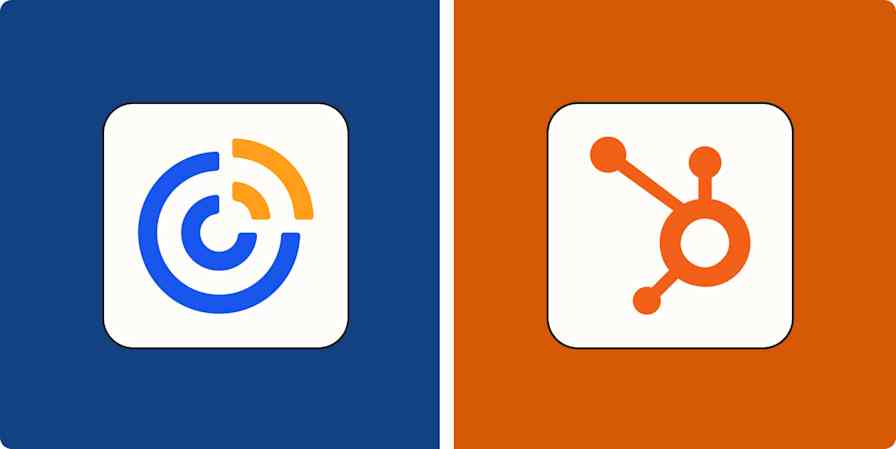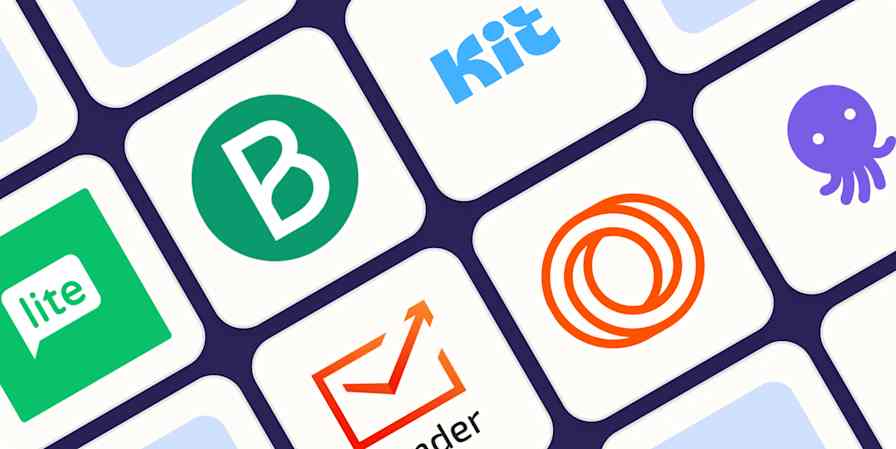Marketing tips
5 min readHow to craft a great unsubscribe experience—and why it matters
By Hannah Herman · August 2, 2024

Get productivity tips delivered straight to your inbox
We’ll email you 1-3 times per week—and never share your information.
Related articles
Improve your productivity automatically. Use Zapier to get your apps working together.








